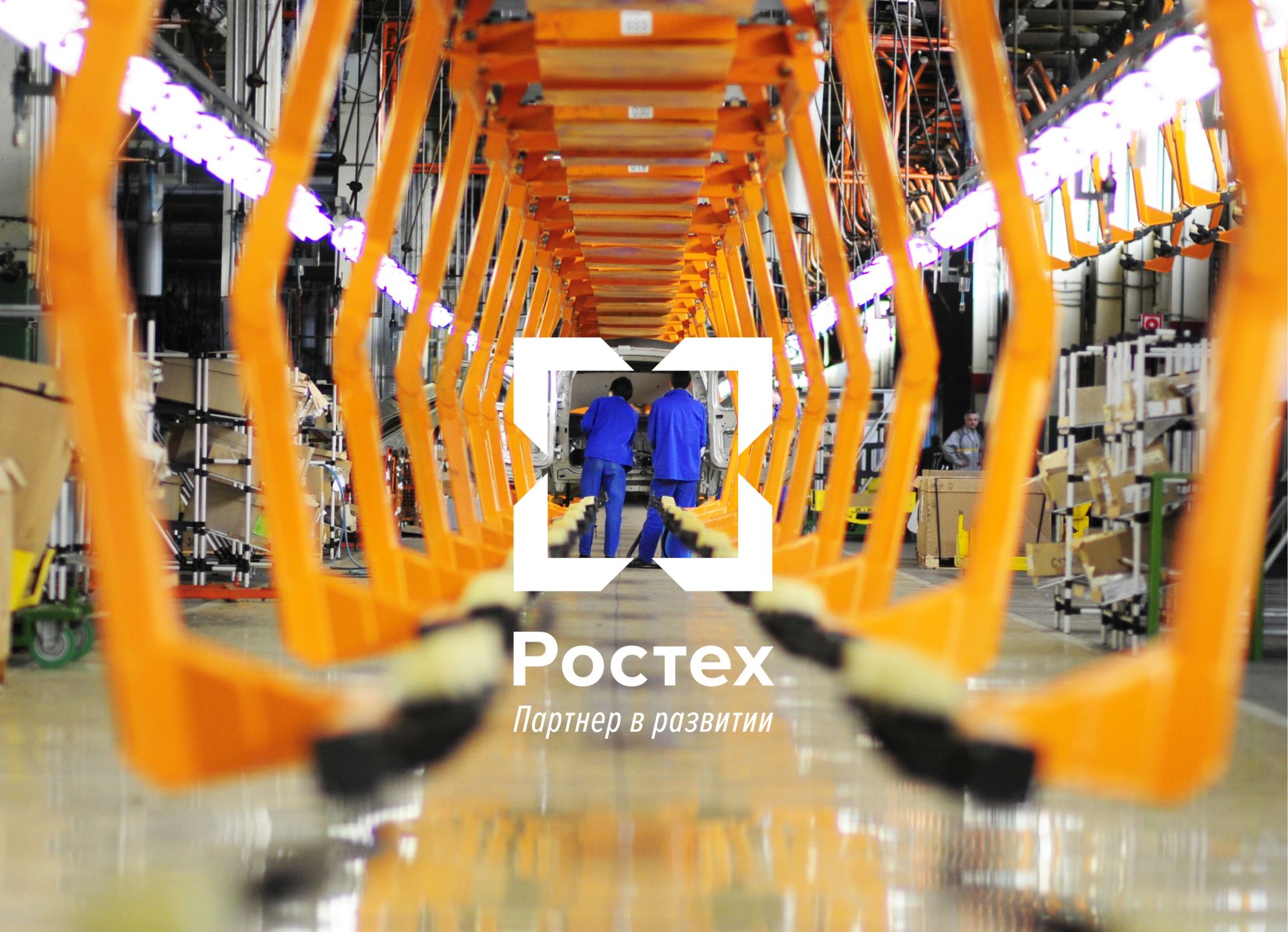
Yekaterina Degtyareva, military expert, Ph.D. of Economics; Alexey Podberezkin, Provost for Research in MGIMO, Ph.D. in History.
More, than 20 years passed since the 9 military-industrial ministries of the USSR ceased their activity. During this time Russian defence industry was first privatized and then was consolidated again within several state corporations (Rostec, Aircraft Engine Corporation, United Shipbuilding Corporation, United Engine Corporation, Russian Helicopters and others). Affluent Military Industrial Commission is now re-established. So, what’s next? Back in the USSR?
The aspiration to consolidate the remains of Russian military industrial complex (MIC) under several state corporations seems quite logical after the 90th mayhem. It is an attempt to keep at least something connected with high-tech sector and still alive. The USSR used to have over 80% of the R&Ds focused on military industrial complex. The new Rostec logo, an open square, is quite symbolic in this situation. It stands for Rostec protecting high-tech industry. It’s not an infirmary for the quiet death of the Soviet MIC remnants, but more of a business-incubator, a greenhouse where Russian defence companies maturate and come into ear. So, how do we know if the company is ripe enough to leave its nursery and enter the international market competing with the world leaders?
We need to mention that the requirements are sometimes even higher than the technologies. According to the World’s 100 Largest Defence Companies list (SIPRI yearbook, 2012), annual revenue of the la crème de la crème companies is approximately 30 billion dollars. The largest Russian enterprise to fit the list was Almaz-Antey, which merely got the 20th position with a $4 billion revenue and 90 000 employees (approx. 9% of all the Russian MIC staff).
So this seems to be the boarder of competitiveness, the start point for Russian MIC companies to rapidly become the pick of the bunch. Of course, we have a long way to go. The world leading companies’ performance of an employee is approximately $200-300 thousand per year. Almaz-Antey has a lower one, and the main reason is its outdated capacities, which are being replaced, for example, by Obukhovsk plant in Saint Petersburg. The concern will move to the 13th-14th position if it doubles the revenues, and in case of quadrupling, it enters the top-10 and becomes the leader of its segment of defence market (AA antimissile systems). The aim is highly accessible.
We should get through the segmentation syndrome and stop being ashamed of consolidation to be big on the international markets. Still, large company in Russia means medium-sized or even small at a global market level. American military industrial complex, for example, experienced a significant consolidation lately. This made the Big Five (Lockheed Martin, Boeing, Northrop Grumman, General Dynamics, Raytheon) out of 30 industrial companies. All of the above have over $20 billion revenues and are the primary contractors of the Pentagon. European MIC is also actively merging and acquisiting thanks largely to European Defence Agency set up in 2004. A bright example of an all-European concern is EADS with Airbus as a major shareholder.
Regulatory and legal framework plays an important role in foreign MICs enlargements, as it moves the manufacturing processes down the processor chain. For example, The USA Defence Ministry and Office of Management and Budget implement a so-called Strategic Purchasing conception, which require subcontractor interaction rationalization. This means subcontractors consolidation and focusing on the best, long-term partnerships and some more considerable improvements, inter alia, general expenses reduce, quality and reliability refinement.
The Strategic Purchasing conception seems to deserve special emphasis within Russian State Procurement implementation improving. Additional claims to the suppliers will relieve from the necessity of the President active participation and will switch the manual mode of the administrative monitoring to the automatic.
In case of several cycles of State Procurement placement required, the financial control will be executed automatically. The companies that won’t invest in their R&D and production capacities will simply miss an opportunity to supply the State Procurement due to formal criteria. Meanwhile the properly managed enterprises will become larger and more competitive at a global level.
Source: «Nezavisimaya Gazeta»

